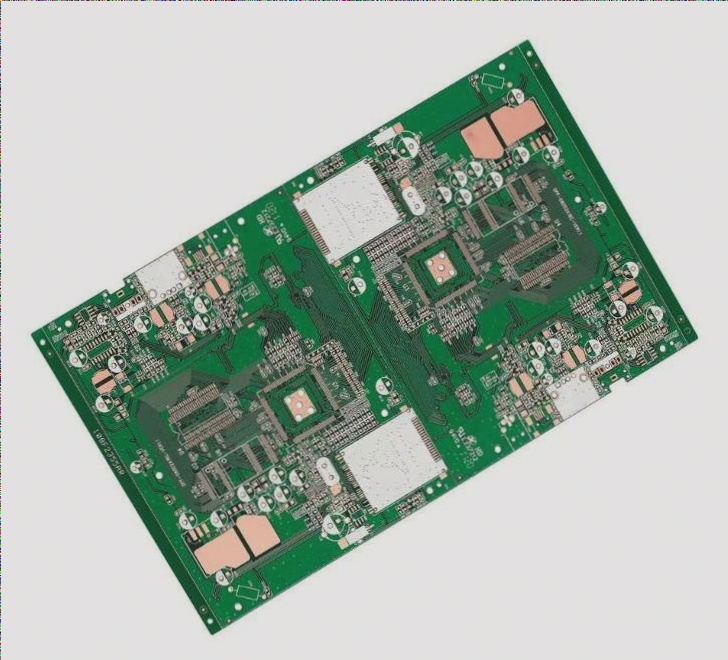The Importance of Vias in PCB Design
Vias are crucial components in multi-layer PCBs, with drilling costs typically making up a significant portion of the overall manufacturing cost. A via consists of a drill hole and a pad area, determining its size and impact on the circuit design.
Design Considerations for Vias
- For high-speed, high-density PCB designs, smaller via holes are preferred to maximize wiring space and reduce parasitic capacitance.
- However, reducing via size increases costs and is limited by drilling and plating processes.
- Recommended via hole diameters are 0.2mm (inner) and 0.4mm (outer), with common sizes following X*2±2mil.
- Avoid using buried blind vias for BGA designs above 0.65mm to control costs.
- Place vias at a distance from pads to prevent solder paste issues and tombstone phenomena.
- Maintain a minimum hole spacing of 0.5mm to prevent drilling issues.
- Vias ≤0.5mm, except for heat dissipation, should be plugged to prevent short circuits.
- Ensure equidistant positioning of vias from BGA pads to avoid engineering problems and welding quality issues.
- Use fixed pads with vias for earphone terminals, buttons, and FPCs to enhance stability.

